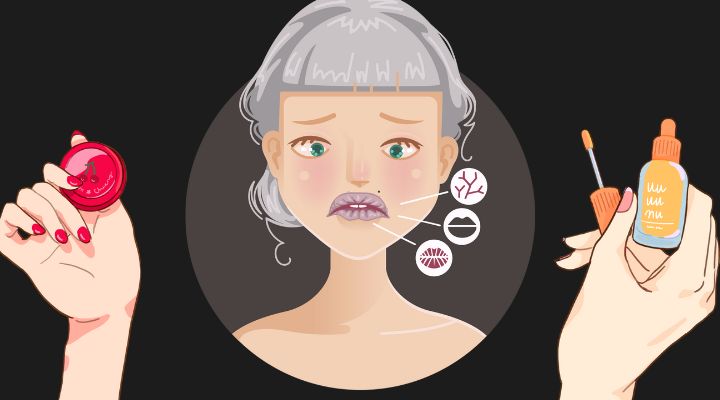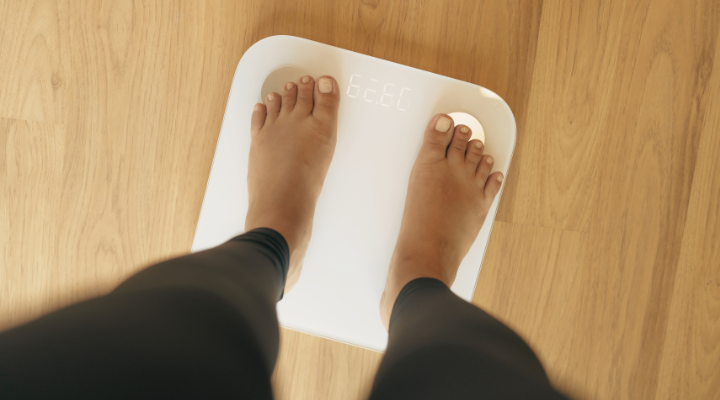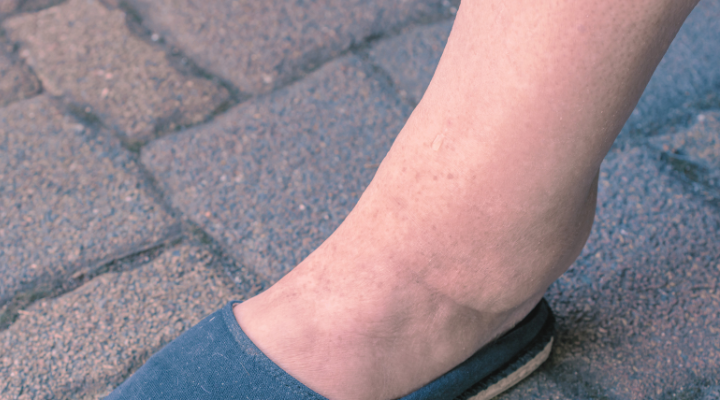When it comes to personal hygiene, applying deodorant is often associated with the underarms. However, there are multiple areas of the body where deodorant can be beneficial. This article will provide detailed insights into 7 key areas where deodorant can be applied to control odor, enhance freshness, and improve confidence throughout the day.
1. Underarms
The most common area for deodorant application is the underarms, where sweat glands are highly active. Underarm sweat contains proteins that mix with bacteria, causing unpleasant odors. Deodorants are specially formulated to neutralize these odors and minimize the activity of sweat glands. For best results, apply deodorant on clean, dry skin after showering.
Best Practices for Underarm Application:
- Use an antiperspirant deodorant for long-lasting dryness.
- Reapply deodorant as needed, especially after physical activity or heavy sweating.
- Consider sensitive skin formulas if you experience irritation from regular products.

2. Feet
The feet are another high-sweat area, especially for those who are on their feet all day or engage in activities that trap moisture, such as wearing closed shoes. Feet sweat can lead to unpleasant odors and discomfort.
Why Apply Deodorant to Feet?
Deodorants designed for feet contain ingredients that not only control odor but also help keep feet dry. Antibacterial properties in some foot deodorants can reduce the risk of infections like athlete’s foot.
Application Tips:
- Spray or rub deodorant on clean, dry feet, focusing on the soles and between toes.
- Consider using a powder-based deodorant for feet to absorb excess moisture.
- Reapply after long periods of activity, especially before wearing shoes for an extended time.






